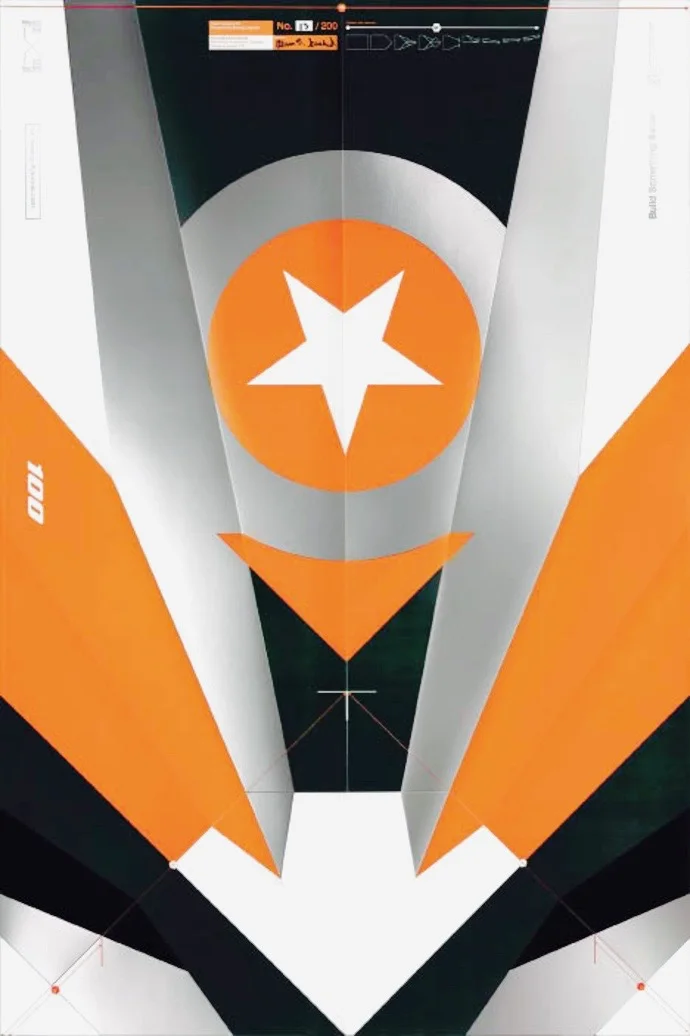In many ways a victim of their own success, in 2009 the NFL was beset by a myriad of high-stakes organizational, budgetary and revenue problems. Their chief objective was to regain control of the NFL brand name that was being usurped by the league’s many marketing partners and return the power of the brand back to the league’s own business units by making them the priority destinations.
A strong, unified, clearly-defined vision for the league was required in order to maintain a leadership role and build a successful future for Americas favorite sport.
“We have wanted to create a single brand campaign throughout the league for years, but we’ve never seen an idea that addressed all of our varied business issues with equal effectiveness.” - Mark Waller, the NFL’s Senior Vice President of Marketing and Sales.
To achieve all this, the NFL hired us to create the NFL’s first unified brand platform. It was centered around the line, IF YOU WANT THE NFL, GO TO THE NFL. To bring the new campaign to life, we used a ground-breaking creative technique in partnership with the storied NFL Films crew to shoot NFL action in never-before-seen super slow motion. This not only gave the world a view of the NFL they had never seen before, but changed forever the way all sports are watched. It was the visual centerpiece for the new integrated campaign that connected and unified all the NFL’s business units (tickets, merchandise, fantasy league, youth efforts, NFL.com, and the NFL network/channel) under a single league platform exponentially increasing efficiency and effectiveness. Control and ownership of the NFL name was regained, and sales and viewership hit record highs.
“We are excited to launch for the first time an integrated, dynamic, groundbreaking campaign approach that promises to build fan affinity and consumption across all of the NFL business units.” - Dena Kaplan, Senior Vice President, Marketing for the NFL Network
Perhaps the best gauge of the effectiveness of the brand platform is Roger Goodell’s compensation. Over the course of the effort, it rose from $10M in 2008 to $140M in 2014.






























































































































